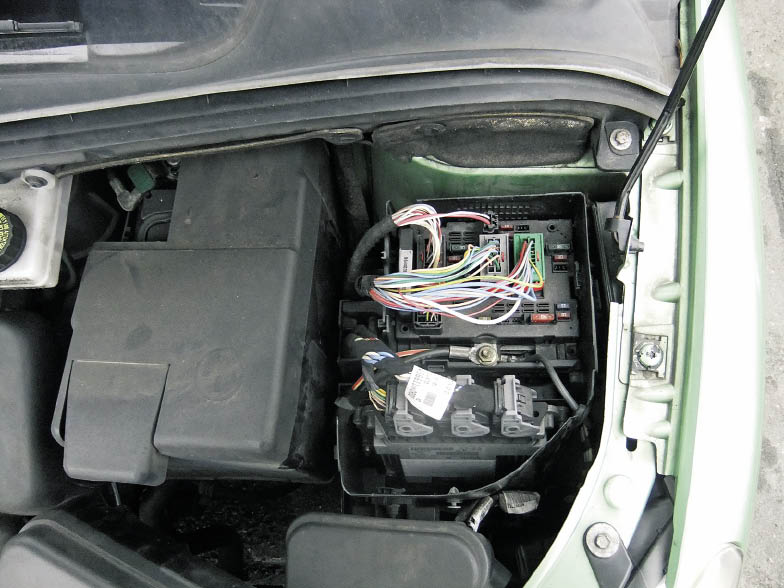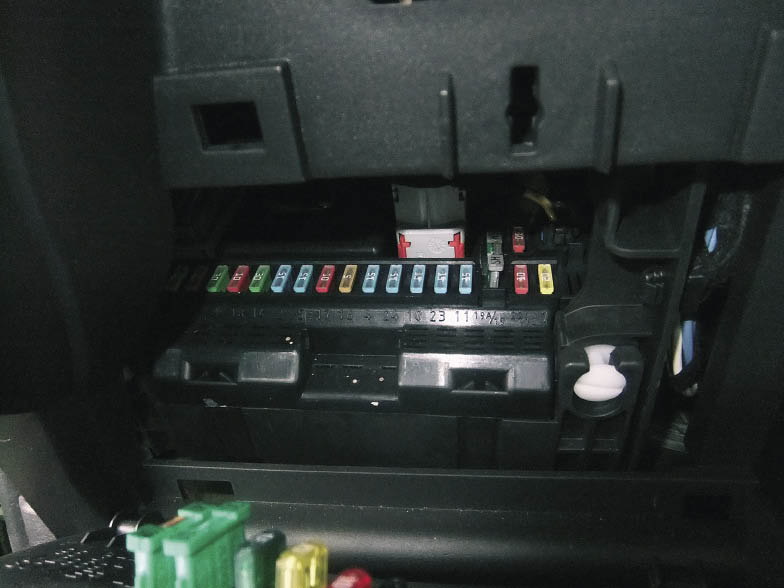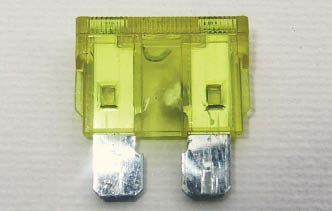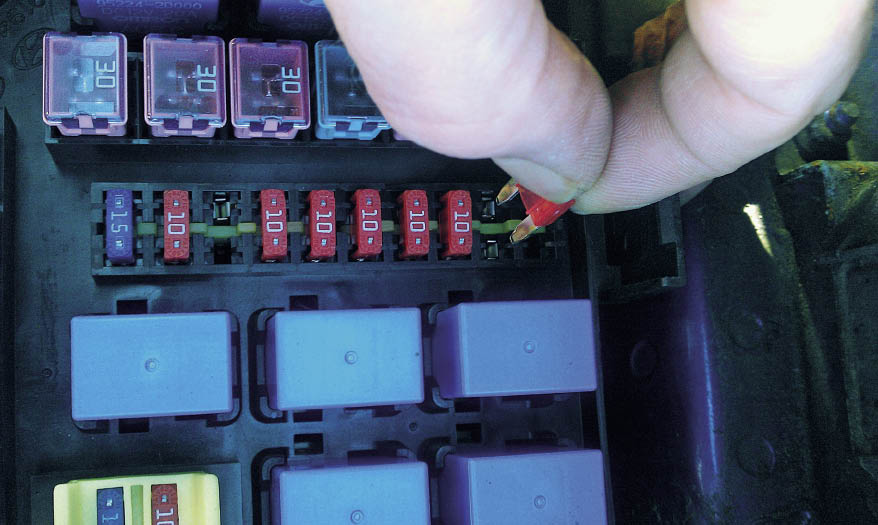This publication has been produced on behalf of RAC by Veloce Publishing Ltd. The views and the opinions expressed by the author are entirely his own, and do not necessarily reflect those of RAC. New automotive technology is constantly emerging; the information in this book reflects the status quo at the date of publication.
First printed in paperback format in June 2013.
First published in ebook format September 2013 by Veloce Publishing Limited, Veloce House, Parkway Farm Business Park, Middle Farm Way, Poundbury, Dorchester, Dorset, DT1 3AR, England Fax 01305 250479 e-mail .
Ebook edition ISBN: 978-1-845846-61-9
Paperback edition ISBN: 978-1-845845-18-6
Carl Collins and Veloce Publishing 2013. All rights reserved. With the exception of quoting brief passages for the purpose of review, no part of this publication may be recorded, reproduced or transmitted by any means, including photocopying, without the written permission of Veloce Publishing Ltd. Throughout this book logos, model names and designations, etc, have been used for the purposes of identification, illustration and decoration. Such names are the property of the trademark holder as this is not an official publication.
Made under licence from RAC Motoring Services. The RAC logo is the registered trade mark of RAC Motoring Services.
Readers with ideas for automotive books, or books on other transport or related hobby subjects, are invited to write to the editorial director of Veloce Publishing at the above address.
All Ebook design and programming by Veloce Publishing Ltd on Apple Mac.
digital.veloce.co.uk
Veloce Publishing Ltd
www.rac.co.uk
Contents
Introduction
Who this book is for
Car owners with little or no mechanical skills who want to keep their motoring costs down and the car on the road instead of in the mechanics garage.
Why buy this book?
Because there are many things that can go wrong with your car that dont need a mechanic to put right.
Because it shows you how to keep your car on the road, and save you money on parts and time.
Because you dont need any mechanical skill to use it.
It can often be more convenient and less costly to perform your own simple fixes, rather than take your car to the garage. The book is written in plain English, with simple step-by-step instructions, supported by many illustrations.
All of the products used in this book are cost-effective, and readily available from most car parts shops, as well as online.
Whats not in this book
This is not another book showing you how to check and top-up your cars engine oil level, engine coolant or windscreen washer bottle: there are books out there already that will tell you how do do these jobs, including books in this series.
What is in this book
Without any mechanical skill or specialist tools, this handbook will tell you how to identify and change fuses, repair windscreen chips and cracks, fix broken mirrors, remove paintwork scratches, repair exhausts, and fix many more simple faults.
Important information & about the author
About the author
For many years Carl Collins has been providing technical content for his automotive help website: www.carbasics.co.uk .
His engineering background, training experience and passion for all things automotive have equipped him to write highly detailed, yet easy-to-follow car DIY articles. Since 2006, his website has helped hundreds of thousands of car owners save money, and keep their cars on the road.
As a result of this success, Carl is now in the process of writing a number of books on automotive subjects.
Important information
The vehicle manufacturers handbook (referred to as car user manual throughout this book) should take precedence over the information contained within this book.
The guidance in this book is generic, so, whilst your car and its components may look a little different to the featured project cars and their components, the actions described can still be performed in essentially the same way.
All bolts, nuts and screws are turned anti-clockwise to undo, unless stated otherwise.
Always use the correct size tools (spanners, sockets, screwdrivers, etc) or you risk damaging parts of the car and yourself.
one
Electrical faults
Fuses
All car electrics will have a fuse controlling the power going to them, so if, say, the rear window heater stops working, theres a good chance that the fuse has blown.
Car fuses blow for many reasons, and often replacing them will get things working again. Think of them the way you would a household electrical plug: if a fuse blows on an appliance at home, you simply change the fuse, and youre up and working again; the same usually applies to your car.
Where is my cars fusebox?
Fuseboxes are typically found in one of two places and sometimes both: inside the car under the dashboard, and in the engine bay.
Fusebox, here located in engine bay.
Under the dashboard it will be in one of the footwells; your car user manual should locate it for you. It will be behind a panel, so pull out the panel and have a look behind it. An engine bay fusebox may be on the left or right, and probably toward the back, away from the headlights. It will have a plastic cover over the top to keep the contents clean, and will contain numbered fuses of different colours, similar in purpose to household plug fuses: different value fuses for different applications.
Fusebox, here located behind a panel under the dashboard.
How to identify a blown fuse
Automotive fuses are designed so that you can quickly check whether they have blown. Many can be checked without removing them from the fusebox, but others will have to come out.
Sound fuse: centre track is intact. (Courtesy carbasics.co.uk)
Blown fuse: centre track is broken; fuse needs replacing.
The fuses pull out using finger and thumb and just push back in. Only check one fuse at a time (see images) and ensure fuse goes back into the correct slot.
Pulling out the fuses for inspection. Theres usually a plastic tool for this.
Fuse tips
Check that your fusebox has plenty of spares; replenish from your local car parts store. They are very cheap, and with todays modern cars being so heavily reliant on electrical components, spare fuses are essential
If you have a fuse that repeatedly blows, this indicates an electrical fault: get it checked out by an auto-electrician as soon as possible
Rear window heater not working
If only a few tracks on your rear heater are working this will be because there may be a break in one or more of the heating tracks on the window.
Next page
















